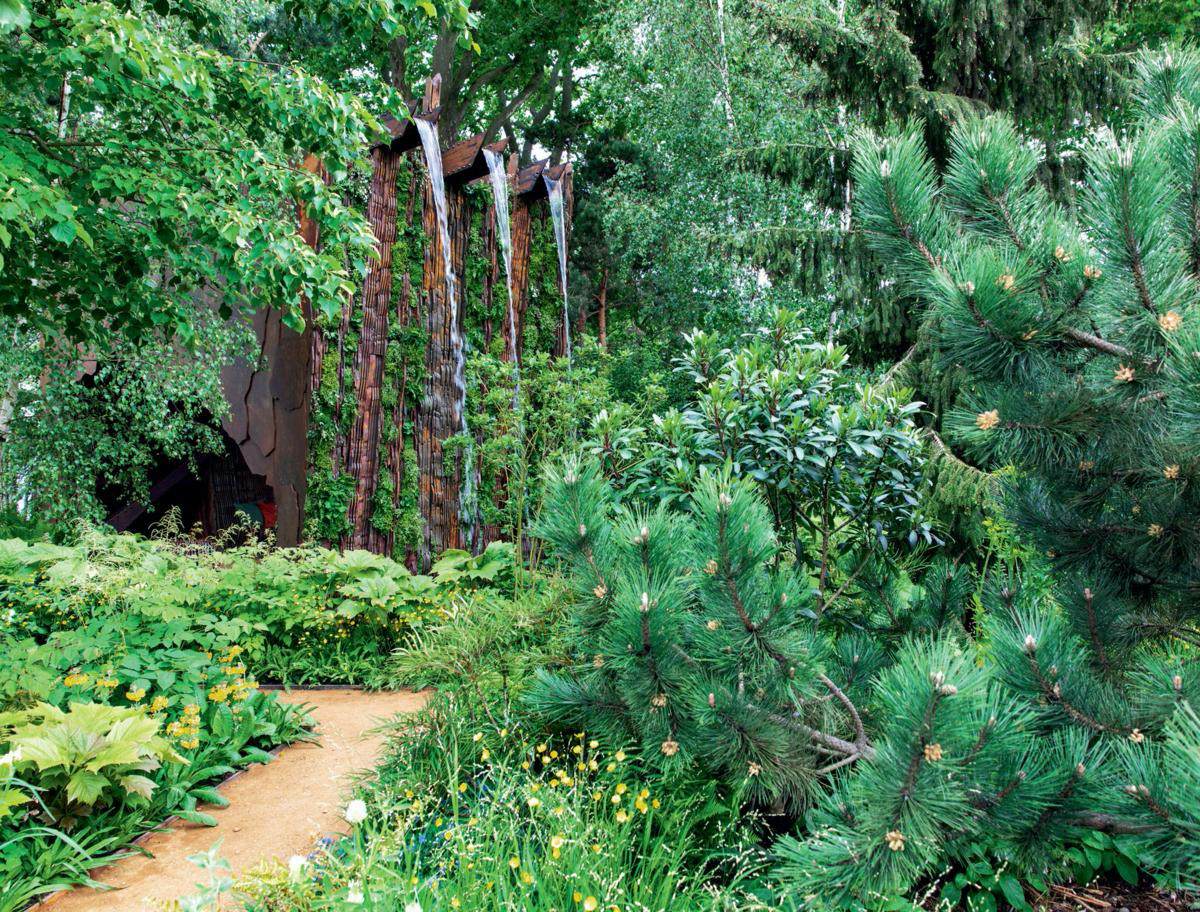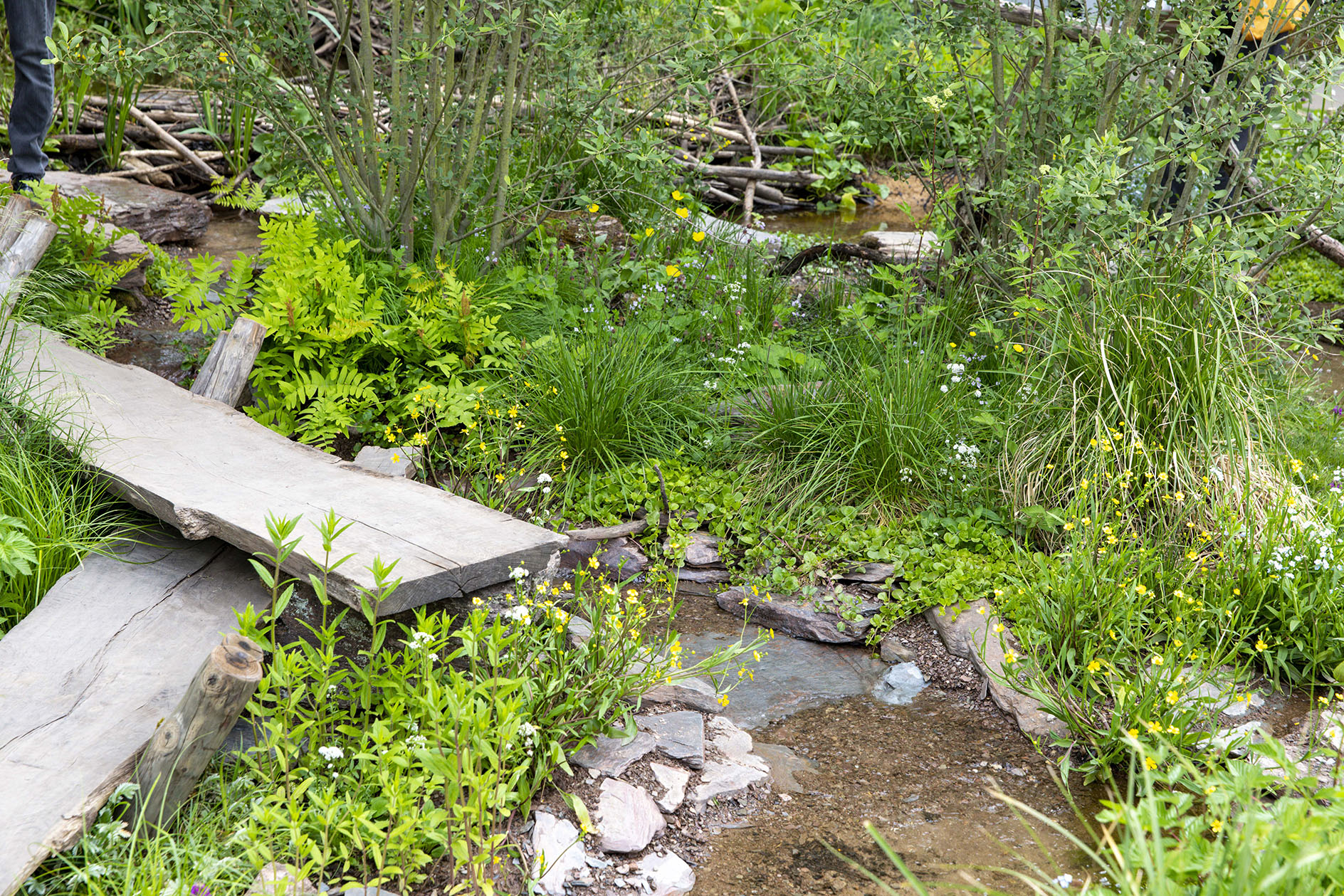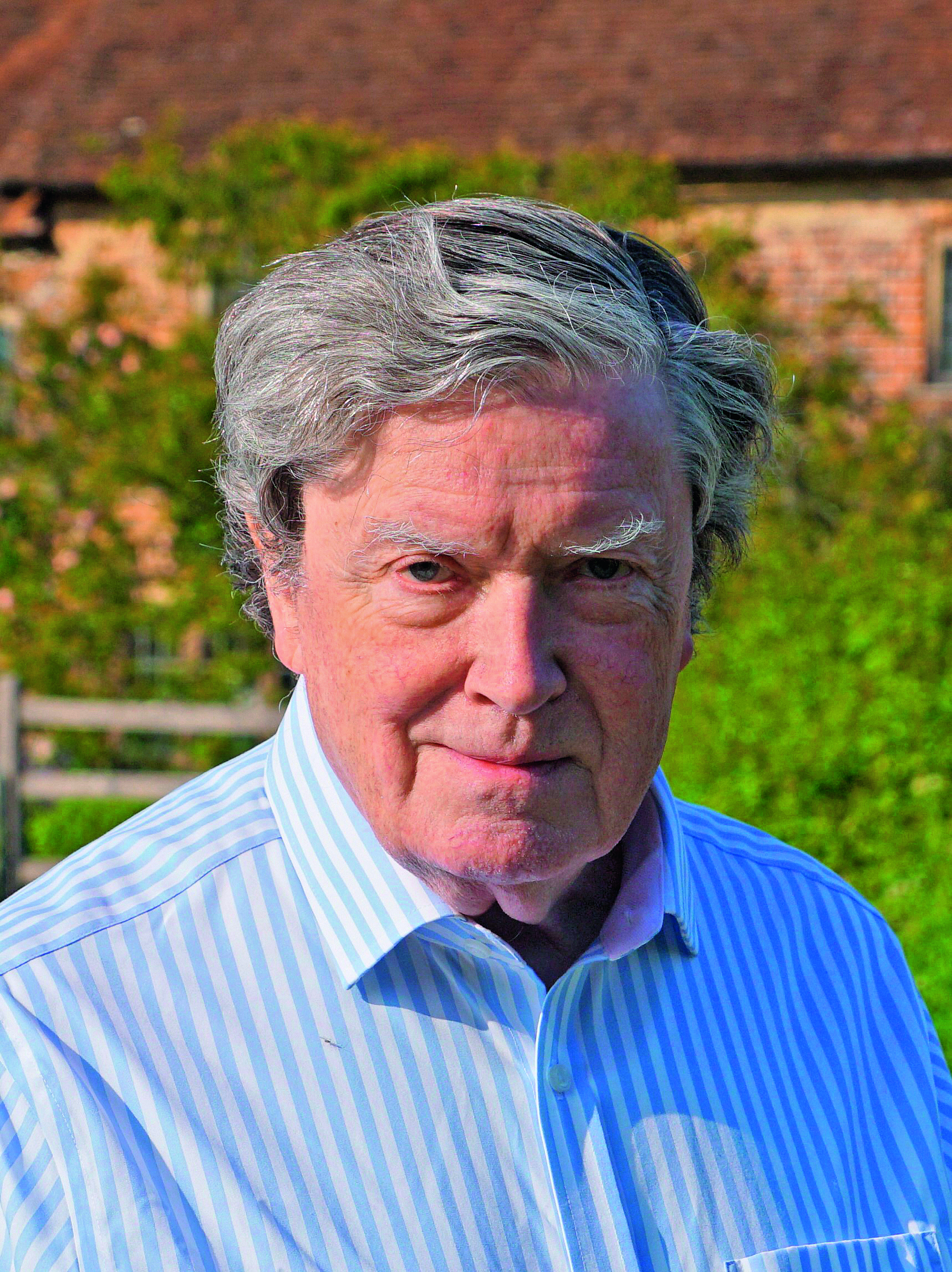Charles Quest-Ritson: The dismal mistake made by the RHS's judges with the 'best in show' award at Chelsea
'A jumble of rewilding and beaver dams' won the 2022 RHS Chelsea Flower Show best in show, and Charles despairs both of the judges and his own attempts to pick a winner.


Last week’s RHS Chelsea Flower Show was much better than I expected. The emphasis was upon plants and how to grow them. You may think that growing plants is what the RHS is all about, but far too much attention has been paid in recent years to over-designed gardens from which we learn little or nothing. Of course, every show garden should have something to tell us — something we can copy (or avoid) for ourselves — but, until this year, I would have said that most of these showpieces — those advertisements for sponsors and designers — are not only wickedly expensive to make, but also perfectly hideous.
Not now. This year’s show gardens had a minimum of hard structure and a maximum of plants — softly coloured herbaceous plants, British natives (meaning weeds, but nicely worked in), countryside trees (hawthorns, willows and hornbeams), and shapely ferns and grasses. Journalists like to speculate about which garden will be judged Best in Show. I fancied the chances of 'Building the Future', a spectacular tour-de-force designed by Sarah Eberle, fed by very high waterfalls and embellished by amazing sculptures and dense, bold-but-green plantings.
Yet my ability to spot a winner is no better with gardens than with horses and Mrs Eberle’s masterpiece was beaten by Lulu Urquhart and Adam Hunt's A Rewilding Britain Landscape', a jumble of rewilding and beaver dams. I am not alone in thinking that the judges got it wrong.
Query: why do these show gardens get so much attention? Mainly, I think, because it’s easier to photograph trendy, wacky garden designs than to cast an informed eye over the latest hellebore or peony introductions.
That’s not true, however, of the Project Giving Back (PGB) charity, which was by far the most important new force at this year’s show, although its emergence has received woefully little publicity. PGB funds other charities that seek to promote their own objectives by making a show garden at RHS shows. This year, PGB backed no fewer than 12 gardens. Beneficiaries included Alder Hey Children’s Charity, the RAF Benevolent Fund and the Royal National Lifeboat Institution.
"From next year, the RHS will insist that all show gardens should be reassembled in a permanent position. That must surely be a good thing, even for those of us who would rather die than offer a site in our own garden for any of Chelsea’s cast-offs"
One of the categories supported by PGB is called ‘All About Plants’. PGB encourages its protégés to create ‘great planting combinations’ and expects the designs to be ‘at least 80% planted’ — which means that no more than 20% of their gardens is taken up by design artefacts. This is a timely reminder that the RHS exists to promote horticulture. The criteria that the society sets out for members of its garden-judging committee have some nine categories, but only three of them relate to plants and plantings.
Nevertheless, as from next year, the RHS will insist that all their show gardens should be reassembled after Chelsea in a permanent position. That must surely be a good thing, even for those of us who would rather die than offer a site in our own garden for any of Chelsea’s cast-offs.
Exquisite houses, the beauty of Nature, and how to get the most from your life, straight to your inbox.

Fewer and fewer nurseries come to Chelsea. Conspicuously absent this year were Hillier and Notcutts, both great trees-and-shrubs nurseries with a long, historic connection to the RHS. It was sad to note the absence of spring-bulb specialists, such as Broadleigh and Avon Bulbs, too. Some say it’s too expensive. Others that they cannot afford to take time off at the busiest time of the horticulturist’s year. And think of the commitment: choosing and preparing the plants to bring to the show; delivering them safely up to London; setting up their stands; delegating a team of employees to man their stall for the whole week; hanging around answering inane questions from visitors who won’t remember the answers; and watching their catalogues carried off by visitors who have no intention of ordering from them. To cap it all, the RHS insists that no nurserymen may sell plants at Chelsea.
The nurseries that did, indeed, come had much that I shall buy. Raymond Evison — the clematis king — introduced a love-at-first-sight blue clematis with a coronet of white stamens called Crystal Fountain and there were new roses from David Austin, Peter Beales and Harkness Roses (Harkness’s Highclere Castle, dark pink and scented, looked prettier to me than Austin’s topical Elizabeth), richly coloured gladioli from Pheasant Acre Plants in Wales (look out for G. ‘Purple Flora’, more ultramarine than purple) and an amazing array of streptocarpus from Dibleys.
My favourite stand? A vast display from Birmingham City Council that far too many visitors walked past without comment. It was a model of how to blend the colours and shapes of plants in flower. I photographed it from every angle and will use those images to improve my own garden. Reader, please note: gardening is all about PLANTS!
Charles Quest-Ritson wrote the RHS Encyclopedia of Roses

The real highlights from the 2022 RHS Chelsea Flower Show, from gold medallists and sculptures to celebrities and musicians... and even a few pretty flowers
If you can't make it to the 2022 RHS Chelsea Flower Show — or even if you can — here's our look
Charles Quest-Ritson is a historian and writer about plants and gardens. His books include The English Garden: A Social History; Gardens of Europe; and Ninfa: The Most Romantic Garden in the World. He is a great enthusiast for roses — he wrote the RHS Encyclopedia of Roses jointly with his wife Brigid and spent five years writing his definitive Climbing Roses of the World (descriptions of 1,6oo varieties!). Food is another passion: he was the first Englishman to qualify as an olive oil taster in accordance with EU norms. He has lectured in five languages and in all six continents except Antarctica, where he missed his chance when his son-in-law was Governor of the Falkland Islands.
-
 What is everyone talking about this week: Thanks to modern-day technology, people were far happier in the days when Nero was setting Rome ablaze
What is everyone talking about this week: Thanks to modern-day technology, people were far happier in the days when Nero was setting Rome ablazeWas the ancient world's superior happiness down to its ‘superior production of art’?
-
 A slick looking off-roader that's a far cry from its rustic rural roots — Volvo EX30 Cross Country
A slick looking off-roader that's a far cry from its rustic rural roots — Volvo EX30 Cross CountryThe latest iteration of Volvo's Cross Country is flashy, fast and stylish. But is that what a Volvo Cross Country is supposed to be?
